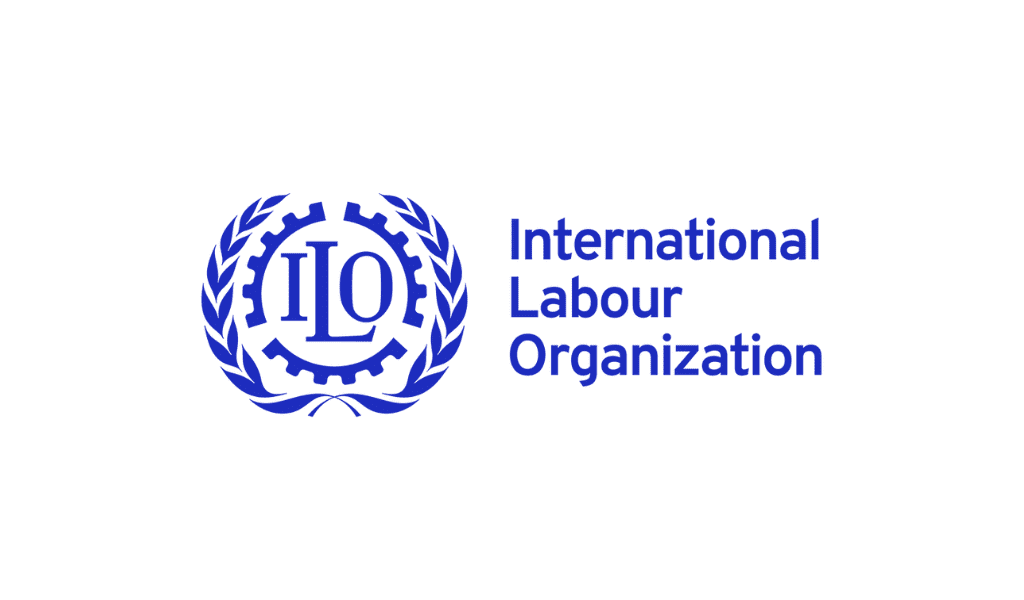Female workers in the APAC region want the chance to work flexibly, but they fear employer retaliation if they express their concerns.
By Zee Johnson
In the new world of work, employees are requiring flexibility. And if organisations aren’t willing to bend, employees are ready to break–this is especially true for women workers in the APAC region.
A recent Linkedin survey revealed that, eight in 10 (83%) of respondents say the pandemic inspired their desire for flexible working and seven in 10 Indian women are now ready to quit or have considered quitting their jobs because their organisations do not offer it.
The survey also showed that more than men, women are now requiring flexibility for work-life balance, which includes being a primary caregiver to children and other relatives. At the height of the pandemic, one in four women were forced to take a career break to care for children, whilst just one in 10 men found themselves in the same predicament. Overall, women are 1.6 times as likely as men to take career breaks for parental reasons and many women think they pay the price for this, as according to the report.
When consulting employers about flexible working arrangements, some say they’ve been subjected to unfair treatment including pay cuts, lack of promotion opportunities, unfair treatment, and mandatory overtime. In fact, of those surveyed, 88% said they had to take a pay cut to work flexibly, 37% said their flexible work request was denied, and 27% had a difficult time persuading their bosses to agree to their work requests.
And pregnant women are feeling the effects just as much. According to The Asean Post, it is not uncommon for expecting mothers in Southeast Asia to be passed over, demoted, or even terminated because they are with child.
This inequality has caused women to feel greatly excluded, leading to one in three neglecting to tell clients, friends, and colleagues if they work flexibly.
The sectors that currently hold the least flexible models include HR (79.5%), healthcare (80%), and architecture, engineering, and building (80%). However, some sectors, like IT and telecom (89.95%), education (87.59) ,and legal services (88%) are taking notice of the current model shifts are getting on board to be the most flexible industries.
To fight dwindling retention rates and to become equitable, organisations must factor in what their workers want most–and this includes women.














